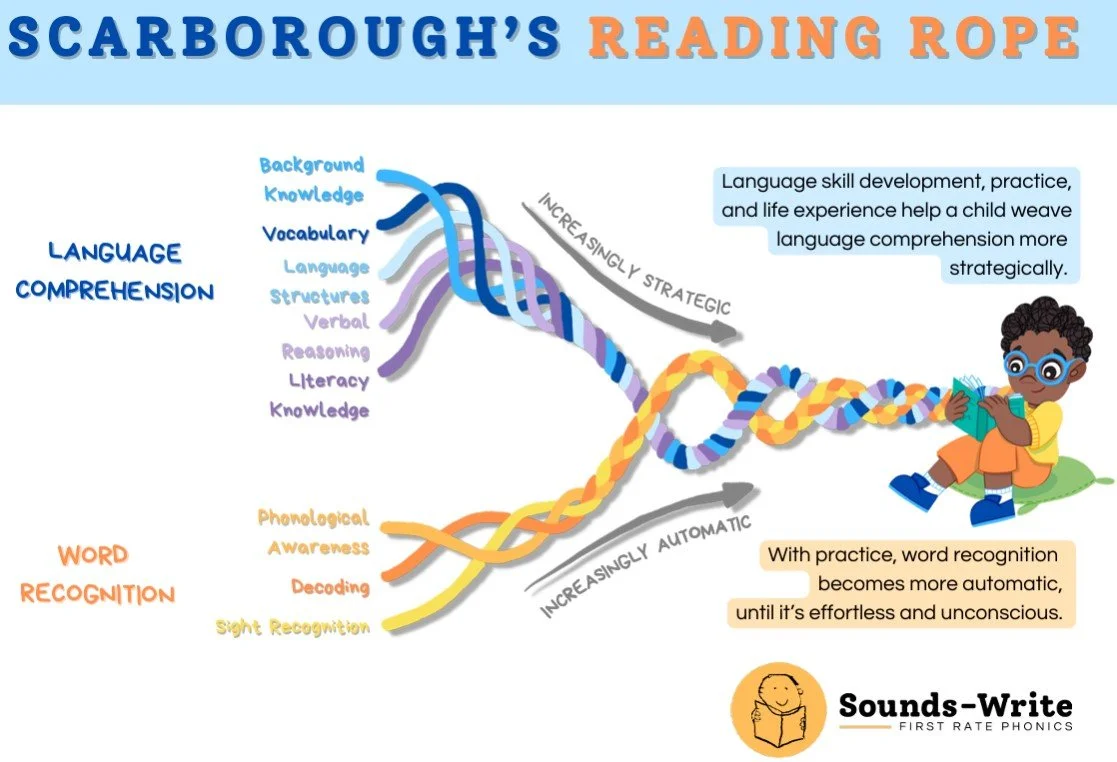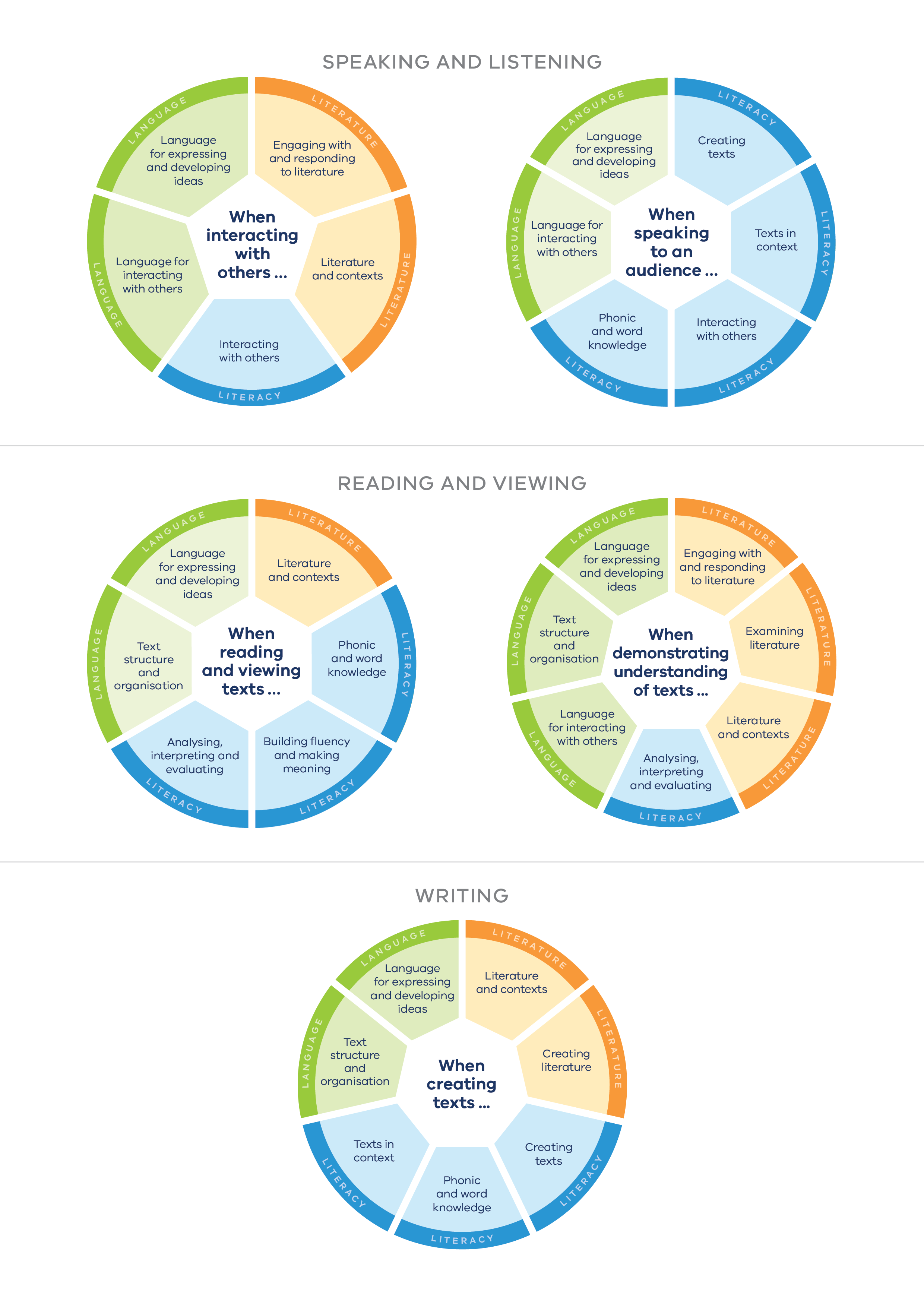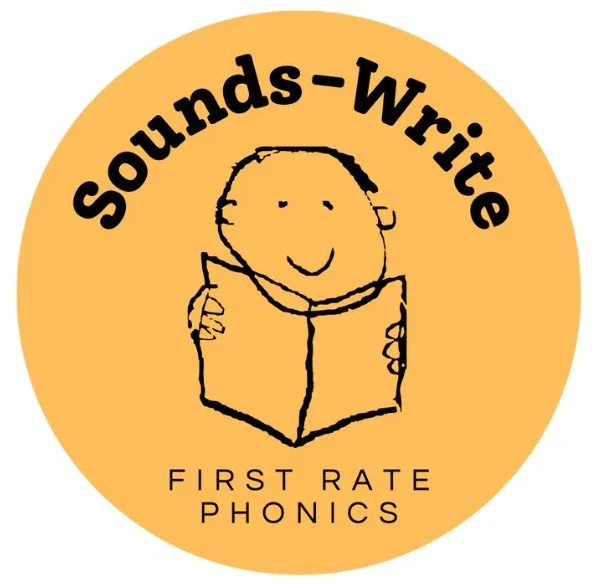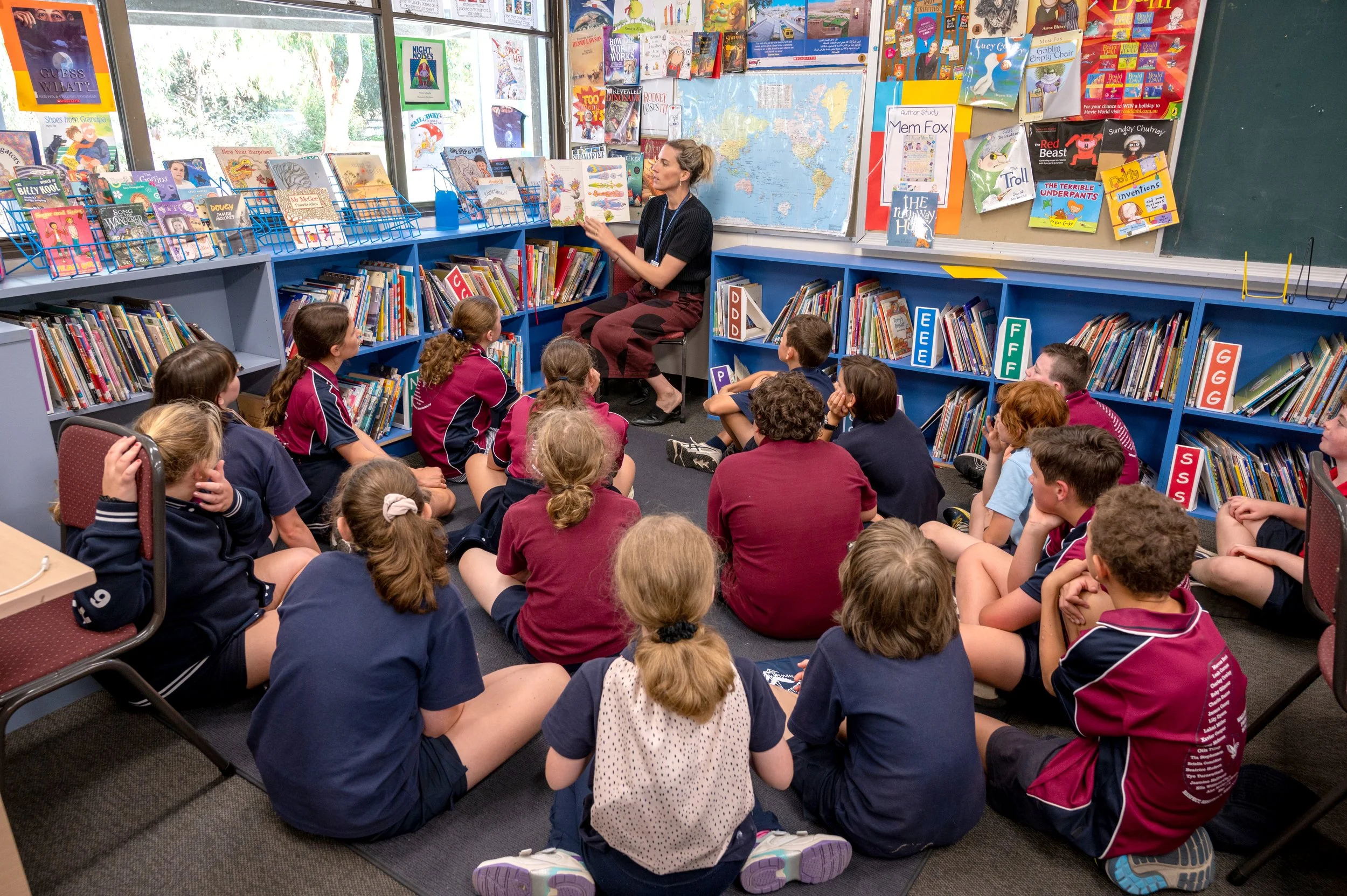English
We know that English is essential for success in learning. English helps students become confident communicators, creative thinkers, and informed citizens.
Through the English curriculum, students explore literature and its connection to human experiences, cultures, and important global issues. They read a variety of texts from different times and backgrounds, which helps them understand themselves and the world. Learning English also supports literacy in all subjects, equipping students with the skills they need for education, work, and to be active members of society.
Students develop their knowledge and skills in three main areas: Language, Literature, and Literacy. Each area has its own unique goals and focuses, but they are also interconnected. By exploring these connections, teachers create rich learning experiences that help students deepen their understanding.
Together, these three areas help students improve in all language skills: Speaking and Listening, Reading and Viewing, and Writing.
Our aim is for all students to:
Listen, speak, read, and write effectively across different contexts and increasing complexity.
Use Standard Australian English appropriately, along with other ways to communicate.
Analyze and appreciate various texts and the beauty of literature.
Enjoy and utilize the power of the English language to express ideas and connect with others.
Adapted from Scarborough, H. S. (2001). Connecting early language and literacy to later reading (disabilities: Evidence, theory, and practice. In S. Neuman & D. Dickinson (Eds.), Handbook for research in early literacy (pp. 97-110). New York, NY: Guilford Press.
It begins with Reading
Reading is an essential skill that opens up a world of knowledge, creativity, and enjoyment. It helps children access information, spark their imagination, and form their own opinions. We teach reading based on the best research available, focusing on the ‘Big 6’ elements.
Key Components of Reading
‘Big 6’ elements:
Oral Language: Using spoken words to share ideas and feelings.
Phonemic Awareness: Understanding the sounds in words.
Phonics: Learning the connections between sounds and letters.
Fluency: Reading smoothly and with expression.
Vocabulary: Knowing and understanding words.
Comprehension: Making sense of what is read, including grammar.
These skills work together and are crucial for helping students read and understand both stories and non-fiction texts as they become more complex.
Sounds-Write Program
In the early years, students benefit from at least 25 minutes of focused phonics and phonemic awareness instruction each day (using a program called Sounds-Write). This structured approach helps children learn the sounds of letters and how to blend them to read words. They also practice breaking down sounds to spell words, connecting reading with writing.
We use specific books called "decodable texts" that match the sounds and letters students are learning. This practice helps them read quickly and accurately.
If you have any questions about this approach or how to support your child's reading journey, feel free to ask!






